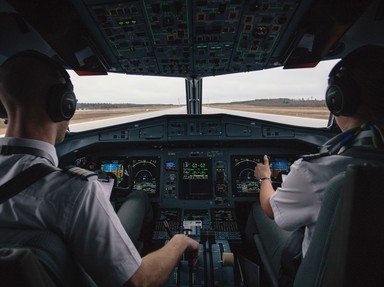Quiz Answer Key and Fun Facts
1. What type of airplane is a DHC-6 Twin Otter?
2. Is the DHC-6 Twin Otter able to maneuver in most terrains?
3. The DHC-6 Twin Otter can be fitted with more than just wheels. Can you name which other features it can have?
4. In 2001, where did the Twin Otter have to fly to in order to evacuate a critical patient in extreme -60C (-76F) weather conditions?
5. Which of these is not a de Havilland Aircraft product line?
6. Which NASA (National Aeronautics and Space Administration) Research Center operates Twin Otters for icing research?
7. Does the United States Military use the DHC-6 Twin Otter in any of its branches?
8. What happened to the Merpati Nusantara Airlines DHC-6 Twin Otter (Flight 6715) on January 10, 1995?
9. With the de Havilland Canada Otter planes, what makes the DHC-3 different from the DHC-6 ?
10. With the performance of the DHC-6 Twin Otter, what is the maximum speed this aircraft can reach?
Source: Author
funnytrivianna
This quiz was reviewed by FunTrivia editor
stedman before going online.
Any errors found in FunTrivia content are routinely corrected through our feedback system.
